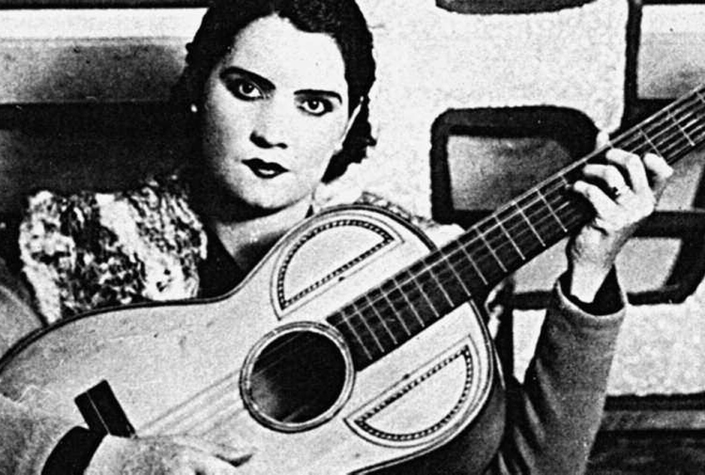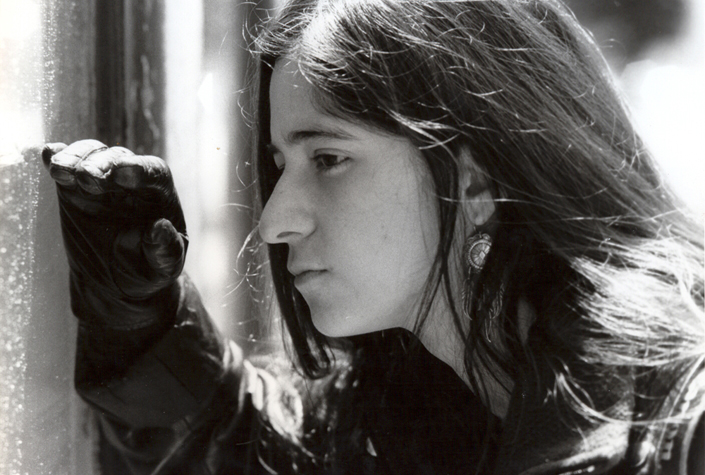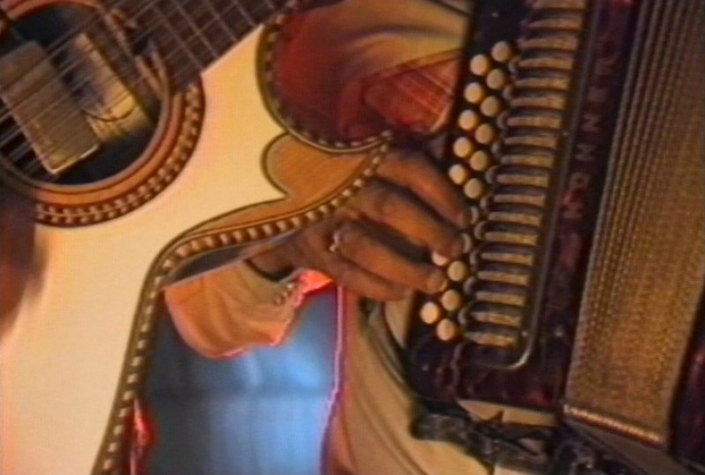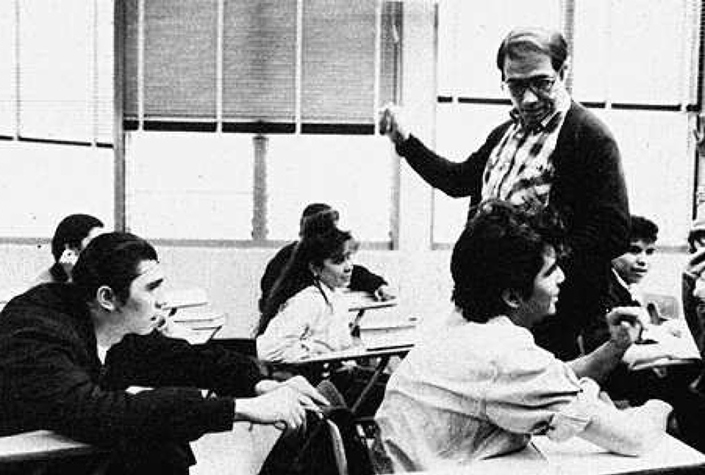
© PBS Home Video
While most Mexicans are aware of the war, most Americans know little, if nothing, about it. The outcome changed the destiny of both countries. After 16 months of fierce fighting, from Texas to California and all the way south to Mexico City, the war ended with the Treaty of Guadalupe Hidalgo. As a result, Mexico lost nearly half of its territory and the United States gained more than 50.000 square miles of land – the present states of New Mexico, Arizona, Nevada, Utah, California, and parts of Oklahoma, Colorado and Wyoming. The series examines the historical, social and cultural forces that shaped this pivotal period during which two neighboring countries struggled for land, national identity and power.
» (…) From the beginning, we made a commitment to trying to provide a balanced, multiple perspective on the war. This meant involving both Mexican and American scholars on the war, as well as Chicano/a scholars familiar with borderlands history. We would come to appreciate how much the prism of national identity can shape one’s view of historical events. Many Americans I would meet in the course of production had literally no knowledge of the war, while, perhaps not surprisingly, equal numbers of Mexicans, educated or not, would immediately talk about ‘the Yankee invasion, when the gringos stole our territory.’ (…) As we waded further and further into the subject, we struggled with the imbalance of existing historical materials. On the American side, we discovered a wealth of materials, from hundreds of published memoirs by soldiers who fought in the war to countless unpublished documents and visual images. On the Mexican side, it was a different story. There were just a handful of memoirs from the period, most of which had not been written by the war’s combatants. We constantly heard rumors that more materials existed in private or governmental war archives but if that information exists, it will have to wait for later documentarians to present it. Yet another challenge lay in presenting this story on television – a visual medium. Unlike the Civil War, which had begun just twelve years later and for which hundreds of thousand of photographs exist, the U.S. -Mexican war was practically pre-photography.« (Paul Espinosa)
 Pedro J. Gonzalez’ story, symbolic of the history of people of Mexican descent in the United States, begins in 1910 during the Mexican Revolution against the dictator Porfirio Diaz. Pedro, … read more
Pedro J. Gonzalez’ story, symbolic of the history of people of Mexican descent in the United States, begins in 1910 during the Mexican Revolution against the dictator Porfirio Diaz. Pedro, … read more













